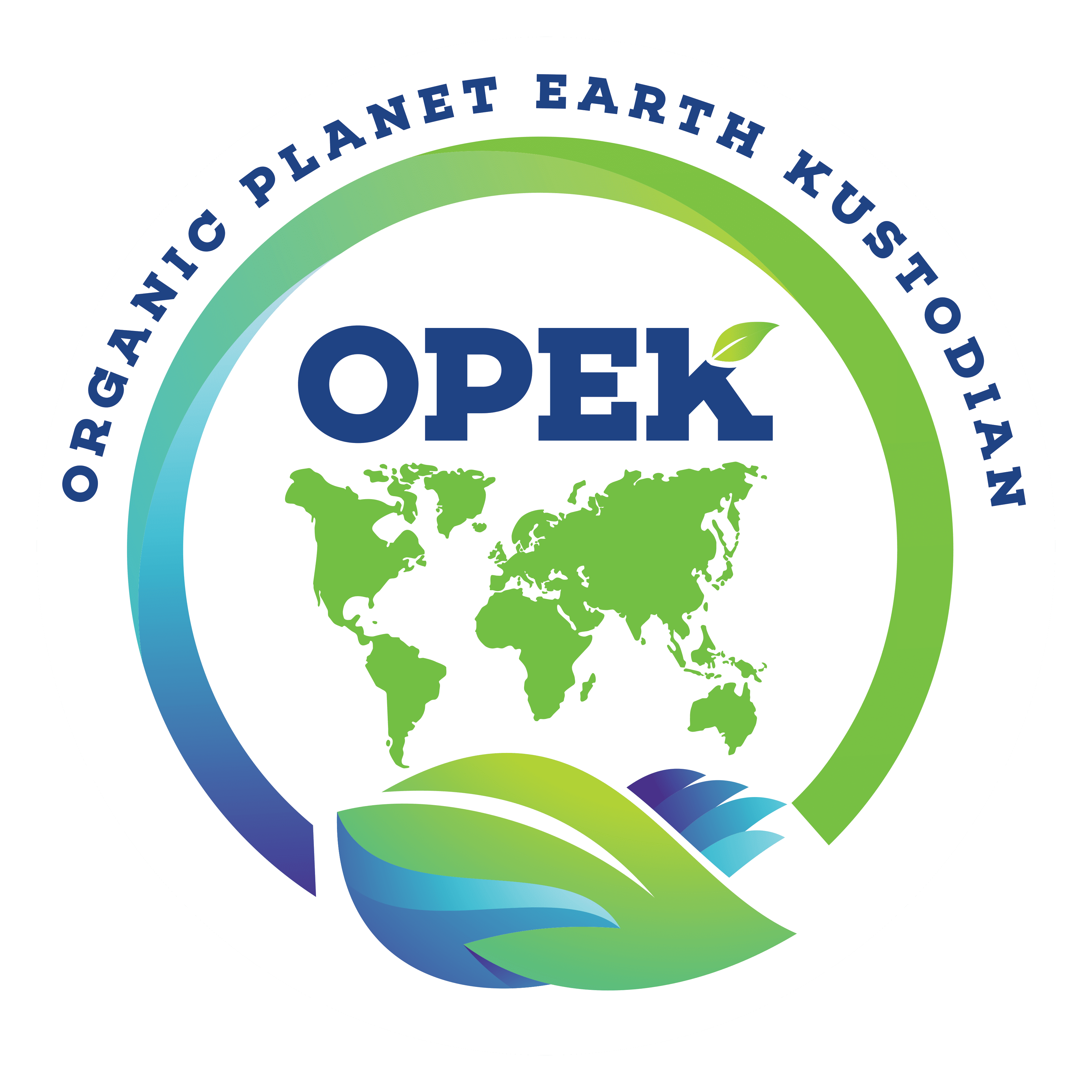Can modelling help better transition to circular economy
Models can better understand the relationship between economic development, material consumption, and environmental pollution in relation to material extraction, processing, and disposal. In addition, models can be used to analyse the costs and benefits of resource efficiency and circular economy (RECE) strategies and show trade-offs between reducing economic and environmental impacts. The project extends the OECD ENV Links model to include material usage of 60 different materials in four categories: biomass resources, fossil fuels, metals and non-metallic minerals. Based on these model developments, Global Material Resources Outlook, announced in 2019, will double material consumption by 2060 and 2017 if more ambitious guidelines are not implemented in everyday individuals.
Both population growth and improved living standards contribute to this growth, but material growth can be limited by technological improvements and structural changes (development of shares in various economic sectors). The result of increased material consumption is an increase in its environmental impact, including a predicted doubling of greenhouse gas emissions. The RECE guidelines can limit the increase in material consumption and its environmental impact. Simulations using the ENV Linkages model show that the RECE policy package is very effective in reducing raw material consumption while minimizing its impact on economic growth.

Over the next few years, the RECE policy package will lead to a relative separation of raw material use from economic growth and a switch from raw materials to recycled materials. The specific policy package analysed in the simulation of the model shows that, at the global level, raw material consumption can be reduced by 27% for metals and 8% for non-metallic minerals, limiting its impact on global economic activity. The economic impact is small, but it hides regional differences depending on whether the country is a net importer or exporter of raw materials, as well as production technology and inputs. Differences in costs between sectors and regions in implementing RECE policies lead to changes in regional demand and trade patterns.
Simulations with ENV Linkages shows that the modelled RECE policy package has a marginal but positive employment impacts for most countries. The total employment effect is small, limited to 18 million jobs by 2040, hiding major changes between the sector and the country. Mutually supportive policies will lead to a significant reduction in raw material consumption, while the cost of GDP remains limited. The ENV Linkages model has also been extended to study the economic impact of air pollution policies, including the interaction between climate and air pollution policies.
Reference:
Environment Focus. (2021). Can modelling help better understand the transition to a more circular economy? [online] Available at: https://oecd-environment-focus.blog/2021/04/27/can-modelling-help-better-understand-the-transition-to-a-more-circular-economy/ [Accessed 4 Nov. 2021].


 by
by